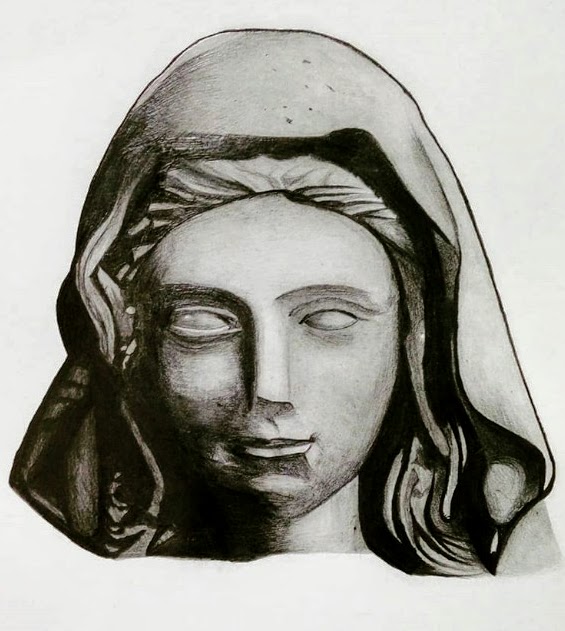The art of sculpting saints has been a cherished tradition throughout history, where skilled artisans transform lifeless stone or metal into vibrant, emotive representations of revered religious figures. These sculptures serve as timeless tributes, inspiring devotion and awe among the faithful while showcasing the artistic prowess of the sculptors. In this article, we delve into the captivating world of sculpting saints, exploring its spiritual significance, artistic expression, and the enduring impact it has on art and faith.
Spiritual Significance of Sculpting Saints:
Sculpting saints holds profound spiritual significance for various religious communities. These sculptures serve as powerful symbols of faith, embodying the virtues, teachings, and compassion associated with the revered saints. For believers, these art forms offer a tangible connection to their spiritual beliefs, serving as focal points for prayer, meditation, and devotion.
The process of sculpting a saint requires the artist to delve deep into the spiritual essence of the figure they are creating, seeking to capture not only the physical attributes but also the inner radiance and divinity believed to be present in these holy beings. As a result, the sculptor becomes an instrument of reverence and a conduit for spiritual expression.
Artistic Expression and Mastery:
Sculpting saints demands an exceptional level of artistic expression and mastery. The sculptor must possess a keen eye for detail, understanding the nuances of anatomy, drapery, and symbolism to convey the essence of the saint’s character and story.
Whether carved from marble, cast in bronze, or sculpted from clay, each medium offers unique challenges and opportunities for artistic expression. The play of light and shadow on the sculpted forms adds depth and dimension, bringing the saints to life in a way that resonates deeply with viewers.
Enduring Impact on Art and Faith:
The art of sculpting saints has left an enduring impact on both art and faith. Throughout the centuries, these sculptures have adorned places of worship, cathedrals, and religious institutions, becoming iconic representations of spiritual devotion and artistic excellence.
Beyond religious spaces, sculpted saints have also been admired for their beauty and artistic value in secular settings like museums and art galleries. They serve as cultural and historical artifacts, offering insights into the artistic techniques and religious sentiments of bygone eras.
